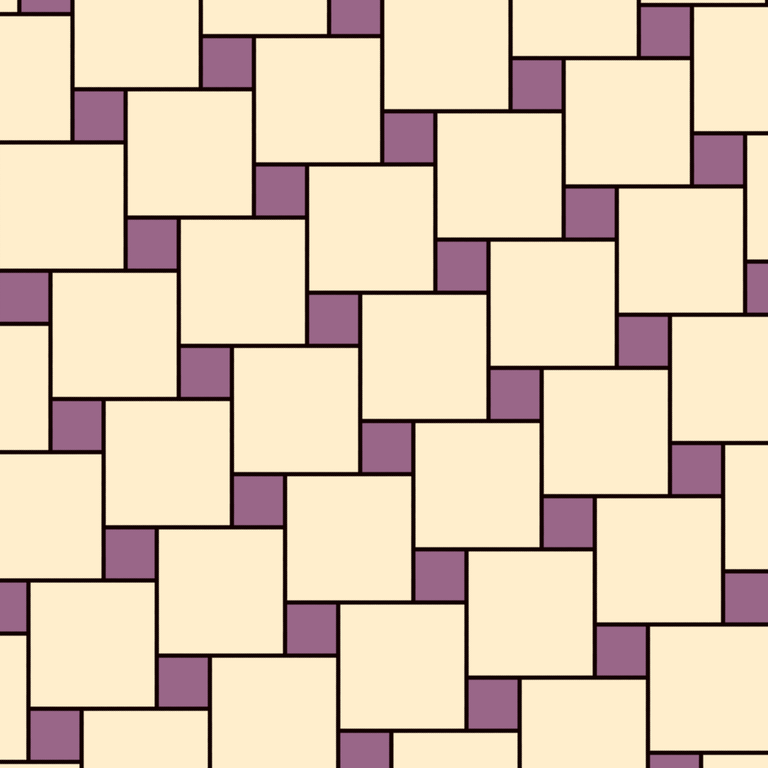Keller’s Conjecture is the assumption that upon tilting a Euclidean space, there will be two squares or two cubes that will meet edge to edge. Scientists have invented an algorithm that is capable of solving a mathematical problem concerning this Conjecture that is almost a hundred years old. Essentially, the Conjecture is a problem with how specific shapes reside in individual geometrical spaces. This Conjecture has been solved for every possible space except seven-dimensional. Now, a computer-generated algorithm enables scientists to hand over this complex problem, resulting in answers and conclusive results that can’t be confirmed by humans.
Keller’s conjecture sounds relatively uncomplicated at the forefront. “Tiling n-dimensional space with n-dimensional hypercubes of equal size yields an arrangement. At least two hypercubes have an entire (n-1)-dimensional ‘side’ in common.” So, while taking into consideration a Boggle board, the cubes settle into the small cube spaces on the board in a manner that they are alongside one another. The bricks in a wall end up fully touching along at least one side.
But, this relatively simple conjecture becomes more complicated for more dimensions. Hypercubes refer to similar shapes, consists of perpendicular sided “cubes,” raised to different spatial dimensionalities. It means there are complexities we can’t begin to understand the conjecture with a boggle board anymore; it becomes more challenging to grasp.
Back in 1986, mathematician Szab?o reduced Keller’s conjecture to the study of periodic tilings, mere outlines, and translation of regions. With the conjecture so reduced, Corradi and Szabo introduced what became known as the Keller graphs. The graph consists of vertices such that “a pair are adjacent if and only if they differ by exactly in at least one coordinate and they differ in at least two coordinates.”
According to this reduction, it implied that the remaining problem, in seven dimensions, can be solved through the computer algorithm. The algorithm solves these problems through what is called “brute force” by computer scientists. The computer can process all scenarios and validate them.
This leads to the questions like are there vertices that differ by exactly one amount, with at least two other, different coordinates? Do tiled seven-dimensional hypercubes conform to this condition?
Explaining it like that makes the math sound disarmingly easy, but it becomes quite a challenging task even for advanced computers. If a piece of paper was folded ten times, suppose that fold included axis values between -10 and 10 only. For those 21 number line values, over seven dimensions of coordinates have almost 2 billion possible combinations.
It is clarified in a report from quanta that proving the conjecture by dimensions has revealed surprises. For dimensions 1 through 6, mathematician Oskar Perron proved the conjecture in 1940. But in the 1990s, mathematicians Jeffrey Lagarias and Peter Shor proved it was not right for 10 dimensions. The nature of higher dimensions means brilliant mathematicians can hack having to manually solve an entire set because they can establish a smaller relationship that scales up for the whole problem.
To put it into perspective, if you have 10 chances to solve a problem, but you solve it in your first chance, why would you need to work on the other nine possibilities?

